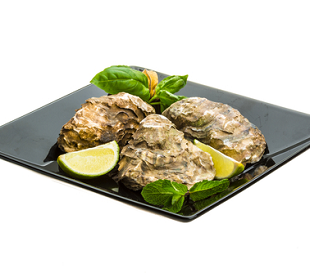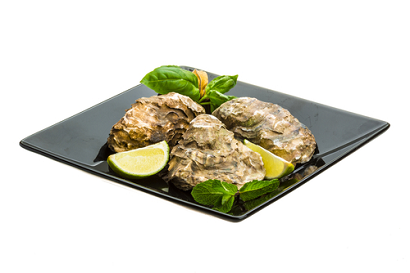
Eating oysters in Brittany
Part of what’s great about the European continent is its huge diversity of food. In celebration of their own cuisine, nearly every European country has a festival dedicated to a chosen traditional delicacy or ingredient, such as the sardine, aubergine and the humble oyster.
What’s great about the oyster is that unlike other seafood, it’s reliable and sustainable. The oyster is also much more highly regarded in some countries than others. The people of Brittany take the oyster seriously. So seriously in fact several festivals in this north-west corner of France celebrate the annual catch of oysters in Brittany.
Of course nowadays nature is given a helping hand by man and in order to satisfy the ever-increasing demand, oyster beds are positioned in many river estuaries throughout Brittany. It is the positioning of the oyster beds which lead to fascinating differences in taste and flavour. The oysters eat algae for breakfast, dinner and tea.
As the algae in each of the rivers is always different along the Breton coast, the taste of the oyster is correspondingly varied.
This subtle taste difference has led to oysters from more desirable river locations being tagged with higher prices. Oysters such as Belon, Isigny, Paimpol and Oleron, are among the most expensive because they are considered to be the best.
The oysters placed in the ‘fattening beds’ are put in racks have have less competition from ‘sibling’ oysters. The fattening bed of ‘Pousse en Claire’ is regarded as the highest order of oyster production in Brittany. Only five oysters are allowed on each square metre of this fattening bed at any one time.
They may stay on the bed for up to four months in order to become suitably fattened. Slightly further down the scale of excellence is the ‘Speciale de Claire’ bed, where ten oysters per square metre are left to fatten up for two months.
The scale continues to drop in standard until the regular oyster production where multiple oysters are crammed together, all jostling for food.
French oyster farmers have finally agreed on three descriptions used to describe the different texture of oyster. ‘Bien en chair’, means mild taste with firm texture, ‘bien equilibrees’, refers to a mild tasting oyster with a smooth texture, and ‘bien en eau’, describes a thinly-textured salty taste.
The people of Brittany eat more oysters per capita than any other nation or region on Earth. While a bowl of Belon oysters might be a privilege of the extremely wealthy, the more common oysters are eaten in abundance. It has to be said, they are particularly delectable when accompanied with a glass of chilled Muscadet or a Rose d’Anjou.



